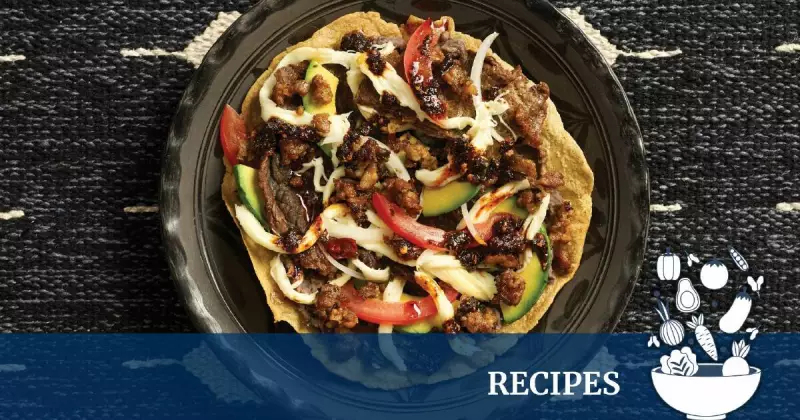
Australian home cooks can now embark on a culinary journey through Mexico without leaving their kitchens, thanks to a collection of authentic recipes that showcase the depth and diversity of one of the world's oldest cuisines.
Food writer Rosa Cienfuegos has shared traditional Mexican dishes that capture the essence of regional cooking, from the crunchy tlayudas of Oaxaca to the coastal flavours of fish tacos and the comforting steamed tamales.
Mastering the Foundation: Corn Tortillas from Scratch
The heart of Mexican cuisine lies in its foundational elements, starting with homemade corn tortillas. Using masa flour, vegetable oil, and warm water, Australian cooks can create the essential base for numerous dishes.
The key to perfect tortillas lies in achieving the right dough consistency, which should resemble soft playdough. Cooks are advised to test the dough by pressing a small ball - if edges crack, additional water is needed. Cooking takes approximately two minutes per side on a hot comal or heavy-based frying pan until the tortilla puffs and shows slight colouring.
Signature Mexican Dishes for Australian Palates
Tlayudas, often described as Mexican pizza, begin with extra-crispy tortilla bases cooked two minutes longer than standard tortillas. The assembly involves spreading softened pork lard, warmed black bean refritos, Oaxaca cheese (mozzarella works as substitute), cecina (salted, dried meat), chorizo, and fresh toppings including avocado, tomato, and onion.
For tacos de pescado, barramundi proves an excellent Australian alternative to traditional white fish. The fish is coated in a Corona beer batter before deep-frying to golden perfection. Serving involves stuffing warm tortillas with the crispy fish, shredded cabbage, fresh pico de gallo, and chipotle mayonnaise.
Essential Salsas and Accompaniments
No Mexican feast is complete without authentic salsas. The recipes include three distinct varieties: salsa macha featuring dried chillies and garlic preserved in oil, salsa verde made with charred tomatillos and green chillies, and salsa roja using roasted tomatoes and dried arbol chillies.
Proper technique is crucial for each salsa, whether it's carefully toasting garlic without burning for salsa macha or charring vegetables to develop depth of flavour for the verde and roja varieties. Each sauce offers distinct heat profiles and applications, from table condiments to recipe ingredients.
These recipes demonstrate that authentic Mexican cooking is accessible to Australian home cooks willing to source key ingredients like masa flour, dried chillies, and tomatillos from specialty stores or online suppliers. The detailed instructions and technique notes ensure successful replication of traditional flavours.





